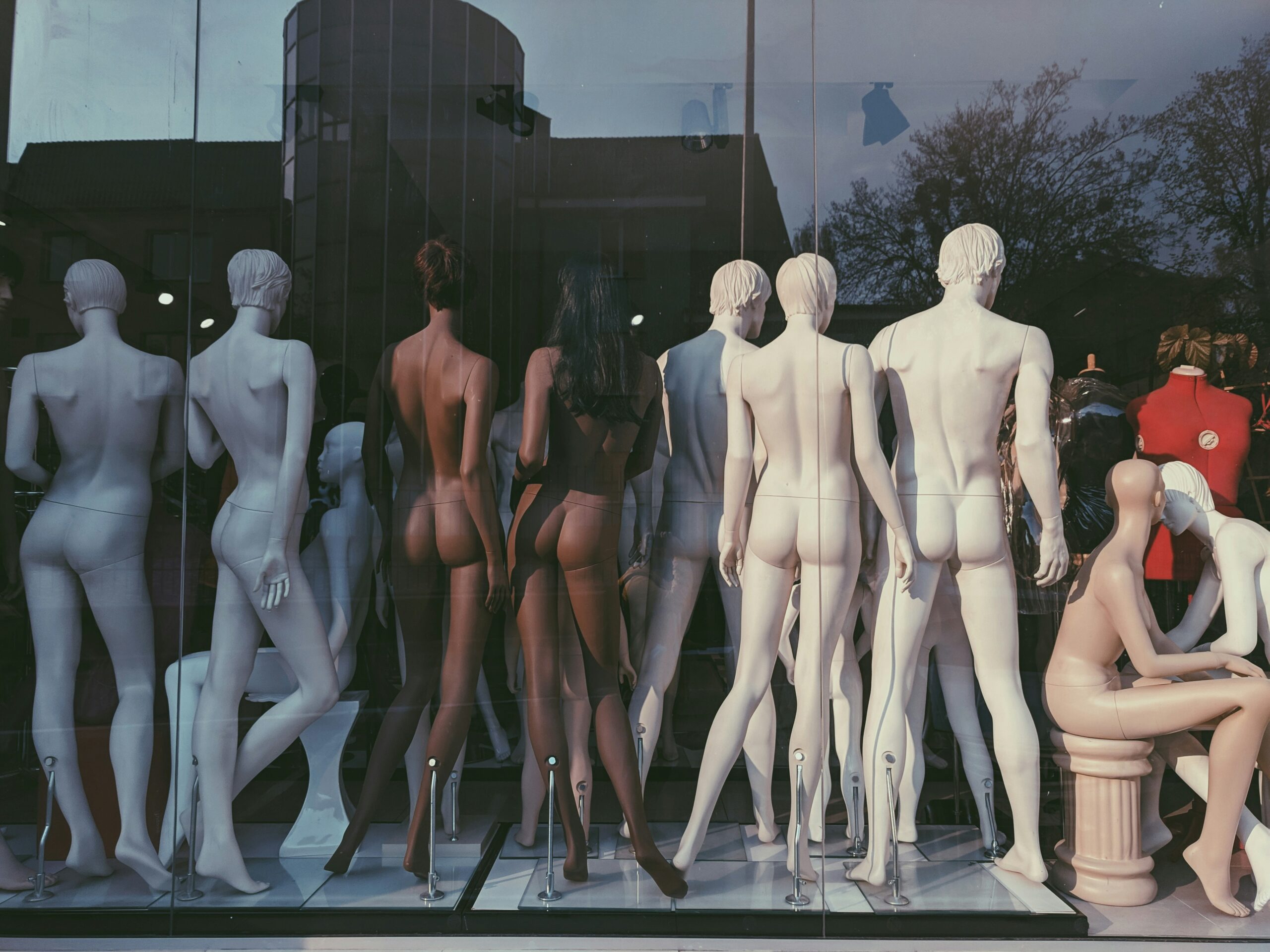In classical sociology, the body was often viewed as a passive object — a biological vessel through which social life occurred. But contemporary sociologists argue otherwise: the body is deeply social. From how we walk, eat, dress, and move to how we age, suffer, or even desire — our bodies are shaped by culture, politics, gender, and media.
Sociology of the body examines how society doesn’t just influence our minds or behaviors, but our physical selves. It asks: How does culture mold the body? How do social norms and expectations inscribe themselves onto skin, bone, posture, or voice? Why are some bodies praised while others are stigmatized?
The Body as a Social Text
We communicate who we are through our bodies. Tattoos, hairstyles, posture, weight, clothing — these are all forms of embodied expression. Society reads our bodies and often judges accordingly. This is what sociologists mean when they say the body is a “social text” — something others interpret, define, and react to.
This interpretation is never neutral. A man in a suit may be read as powerful or respectable, while a woman in tight clothing may be judged harshly or objectified. These bodily readings are shaped by class, gender, race, and age.
Gendered Bodies: Shaped by Expectations
The concept of gender is central to the sociology of the body. While biological sex refers to physical differences, gender is about how society expects those bodies to behave. Boys are often taught to take up space, be loud, and move freely. Girls are often socialized to sit still, cross their legs, smile more.
These expectations become embodied. Over time, gender isn’t just something we perform — it becomes how we hold ourselves, what we eat, how we train, and even how we feel about our bodies.
Trans and nonbinary individuals often face bodily struggles that highlight the social control of the body. Their experiences show how limited and narrow society’s expectations can be about how bodies should look or feel.
The Body in a Digital Age: Alone but Watched
Today, our bodies are also digital. We post selfies, track steps, curate profiles, and perform our identities online. But this comes with a paradox: digital loneliness.
In the age of constant connectivity, many people feel more isolated than ever. Our bodies are visible to hundreds of followers, but rarely touched or held in meaningful ways. Intimacy becomes performative. Filters smooth our faces; metrics measure our worth.
We compare our bodies to idealized online versions, often experiencing dissatisfaction, especially among the anxious generation who came of age with social media. Eating disorders, body dysmorphia, and anxiety have surged in correlation with increased screen time and algorithm-driven beauty standards.
Bodies at Work: Discipline and Productivity
In capitalist societies, bodies are trained for productivity. From school desks to office chairs, we are shaped to sit still, focus, and produce. Michel Foucault famously explored how institutions (schools, prisons, factories) discipline the body — not with brute force but with subtle routines, time schedules, and surveillance.
Think about the modern office: ergonomics, fitness trackers, coffee breaks, standing desks — all designed to optimize the body for work. Even rest (like yoga or mindfulness) becomes a form of labor aimed at enhancing productivity.
This shaping of the body for efficiency shows how even our most physical routines are governed by social norms and economic systems.
Illness, Pain, and the Body
Sociology of the body also explores suffering. Chronic illness, disability, and pain are not just medical experiences but social ones. A person with a visible disability may face stigma, exclusion, or pity. Their bodily experience is shaped not only by biology but by architecture, policy, and cultural attitudes.
Who gets access to care? Whose pain is taken seriously? These are deeply sociological questions. Research shows, for example, that women and people of color are often underdiagnosed or not believed by doctors — an issue of social bias, not biology.
Bodies and Resistance
Despite the social control of bodies, resistance is always possible. Dance, drag, fat acceptance, queer embodiment, protests, and even fashion can be tools of reclaiming bodily autonomy. Bodies in protest — whether sitting, marching, or refusing — are powerful symbols of dissent.
Movements like #MeToo or Black Lives Matter place the body at the center of political resistance. They demand visibility for those whose bodies have been ignored, exploited, or harmed.
Intersections: Race, Class, and the Body
No analysis of the body is complete without considering intersectionality. A poor Black woman’s bodily experience is different from a wealthy white man’s — not just due to biology but due to how society treats their bodies.
The way we’re touched by law enforcement, by healthcare, or even by strangers in public — these interactions are shaped by how our bodies are socially coded.
The sociology of the body reminds us that we are not just minds in machines or free-floating identities. We are flesh and bone shaped by the societies we live in. From selfies to scars, from posture to pleasure, our bodies carry stories of culture, power, and resistance.
To understand human experience fully, we must pay attention not just to what people think or say, but to how they live in and through their bodies.





Bir yanıt yazın